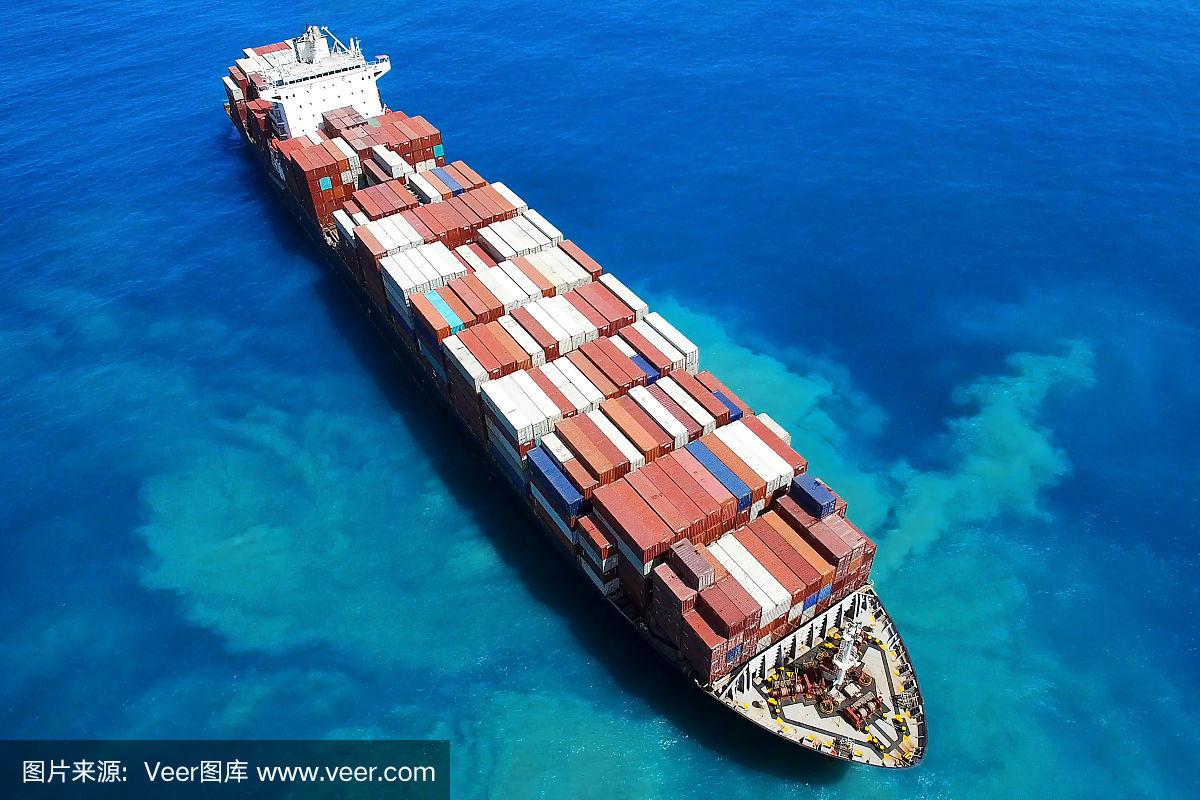When shipping goods to the Philippines, overpacking can lead to unnecessary costs, inefficient use of space, and environmental waste. Whether you’re a business owner or an individual sender, learning how to avoid overpacking when shipping to Philippines is essential for optimizing your shipping process. This guide will provide you with effective strategies and practical tips to ensure your packages are well – protected without going overboard.
1. Assess Your Goods’ Protection Needs
Evaluate Item Fragility
Before packing, carefully assess how fragile your goods are. Delicate items like glassware or electronics require more protection, but sturdy products such as metal tools may need less. For example, a ceramic vase should have multiple layers of cushioning, while a plastic toy can be packed with minimal padding.
Consider the Shipping Journey
Think about the transportation methods and potential handling during the journey to the Philippines. If your goods will experience multiple transfers or rough handling, additional protection might be necessary. However, for direct and gentle shipping, you can usually reduce the amount of packaging.
2. Choose the Right Packaging Materials
Select Appropriate Containers
Opt for containers that fit your goods snugly. Boxes that are too large will tempt you to fill the extra space with excessive packing materials. For oddly – shaped items, consider custom – made or flexible containers, like padded envelopes for small, flat objects.
Use Minimal yet Effective Fillers
Instead of using large amounts of foam peanuts or bubble wrap, choose more efficient fillers. Biodegradable packing peanuts, air pillows, or even crumpled paper can provide adequate cushioning without overloading the package. Some eco – friendly options also help reduce environmental impact, which is beneficial for both your business image and the planet.
3. Optimize the Packing Process
Organize Items Efficiently
Arrange your goods in the container to maximize space utilization. Stack items carefully, placing heavier ones at the bottom and lighter ones on top. For multiple small items, group them together and secure them with minimal tape or straps.
Test the Package
Before sealing the package, gently shake or handle it to check if the items inside move around too much. If there is excessive movement, add a bit more padding, but avoid overdoing it. A well – packed box should have items that are stable but not overly constricted.
4. Follow Shipping Regulations and Carrier Requirements
Research Philippine Customs Rules
Familiarize yourself with the Philippines’ customs regulations regarding packaging materials. Some materials might be restricted or require special declarations. By adhering to these rules, you prevent potential issues at customs and avoid the need for repacking.
Check Carrier Guidelines
Each shipping carrier may have specific packaging requirements. For instance, some might specify the maximum weight or size of packages. Make sure your packaging meets these guidelines. This not only helps with a smooth shipping process but also ensures that your goods are handled properly, similar to the standards followed by reliable freight companies like China Top Freight.
5. Learn from Past Shipments and Seek Feedback
Analyze Previous Packages
Review your past shipments to the Philippines. If you notice that some packages arrived in perfect condition with minimal packaging, identify what worked and apply those strategies in the future. On the other hand, if there were damages, determine if overpacking or underpacking was a factor.
Ask for Customer or Receiver Feedback
Once the goods reach the Philippines, request feedback from the recipients. They can provide valuable insights into whether the packaging was appropriate, too much, or too little. Use this feedback to continuously improve your packing methods and avoid overpacking in subsequent shipments.
In conclusion, mastering how to avoid overpacking when shipping to Philippines requires a combination of assessing your goods’ needs, choosing suitable materials, optimizing the packing process, following regulations, and learning from experience. By implementing these tips, you can save on shipping costs, reduce waste, and ensure that your goods are delivered safely and efficiently to the Philippines. Utilize China Top Freight to help solve the problems you are facing. Contact us today to embark on your smooth transportation journey!


